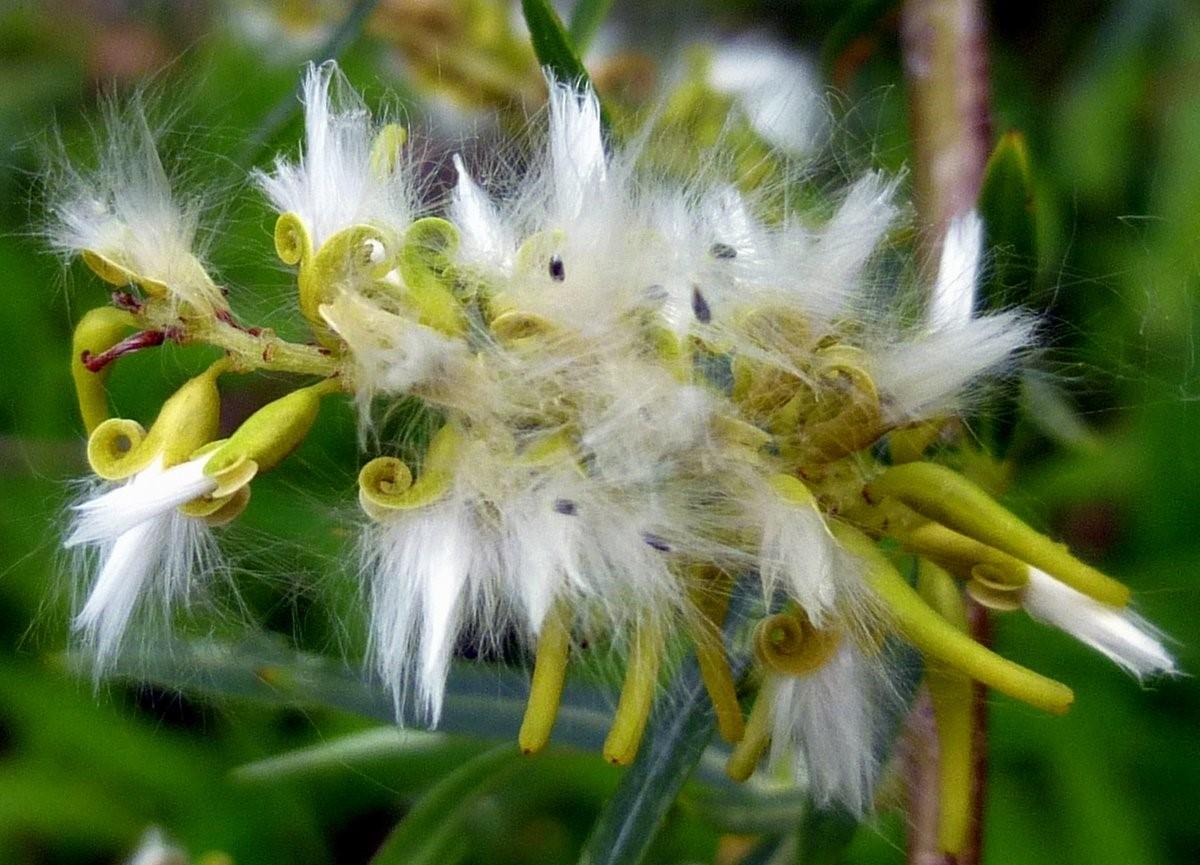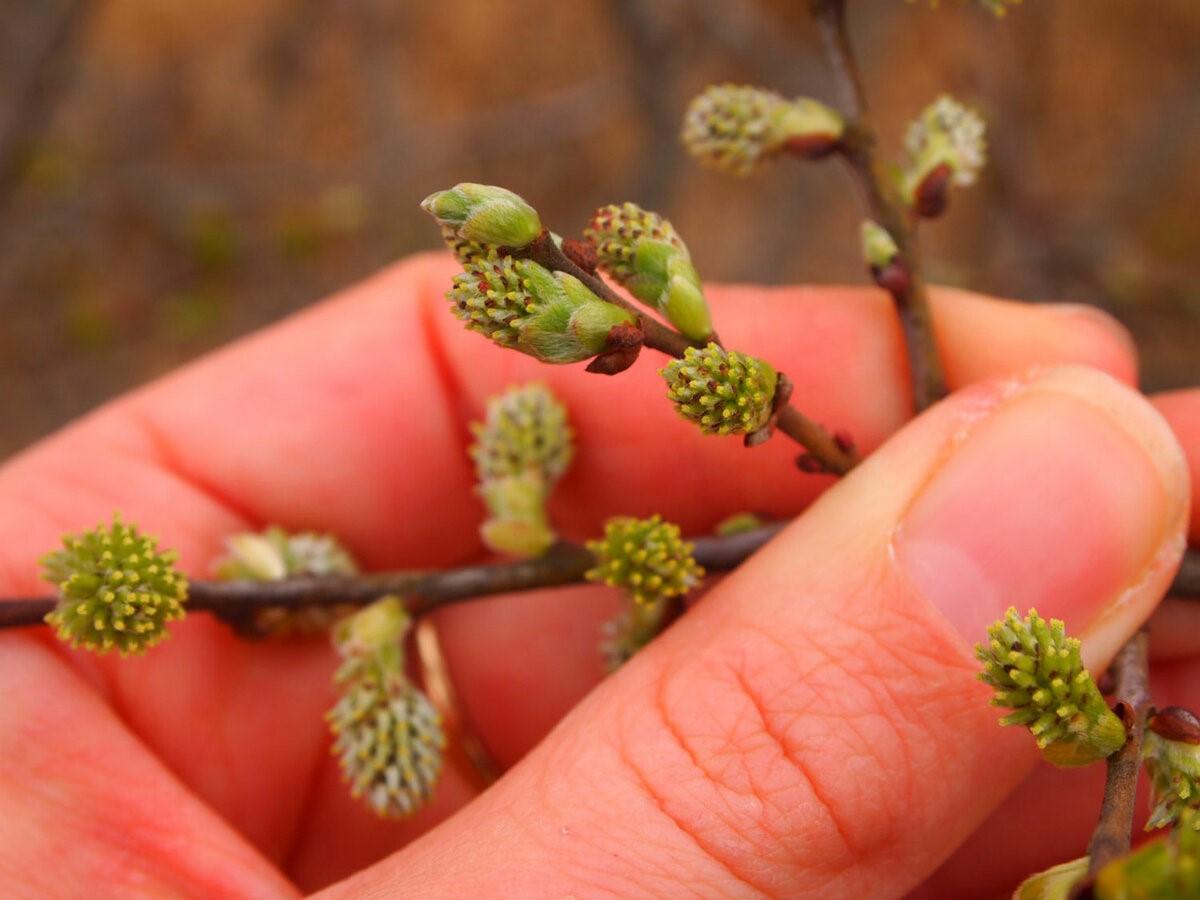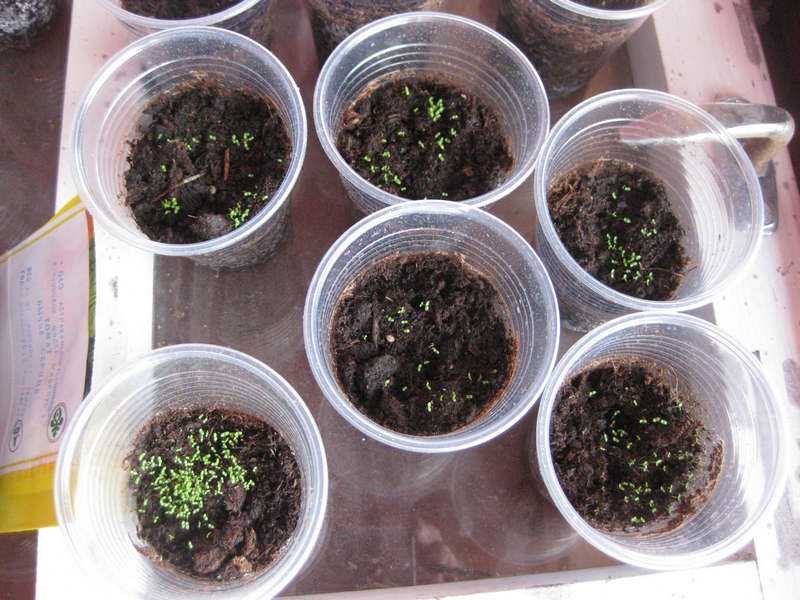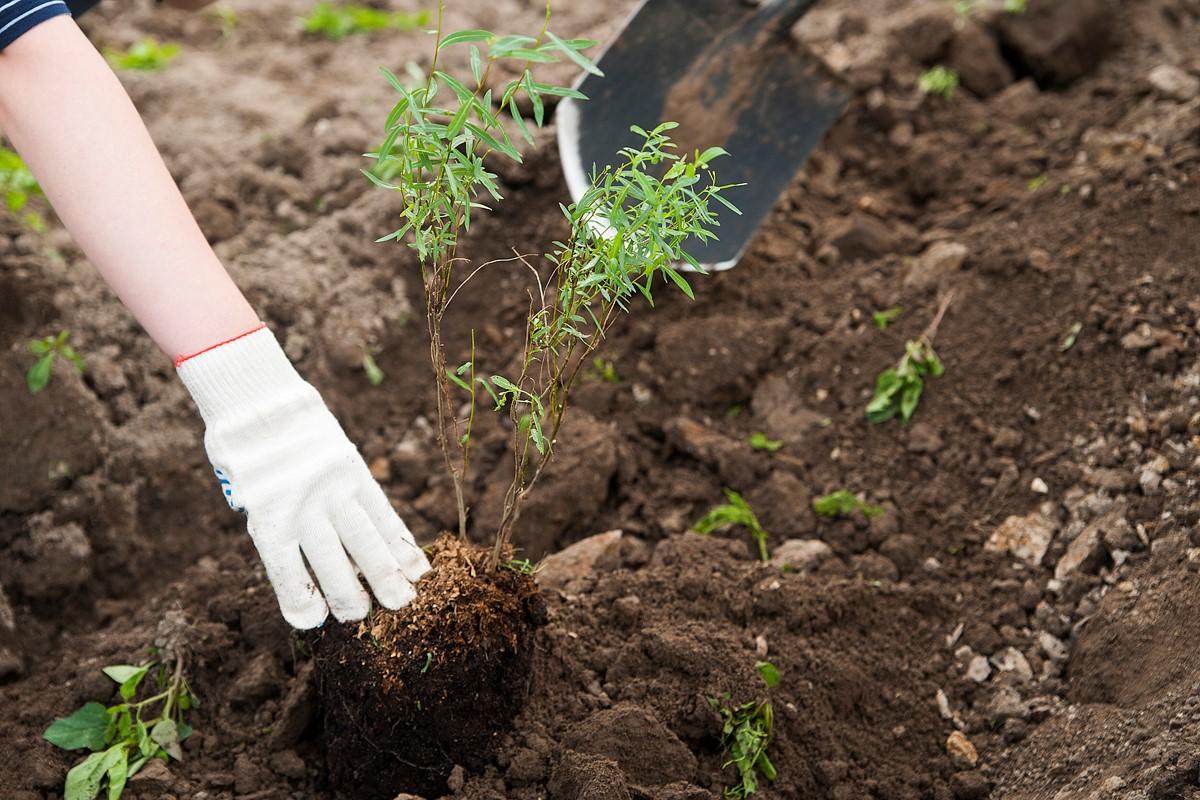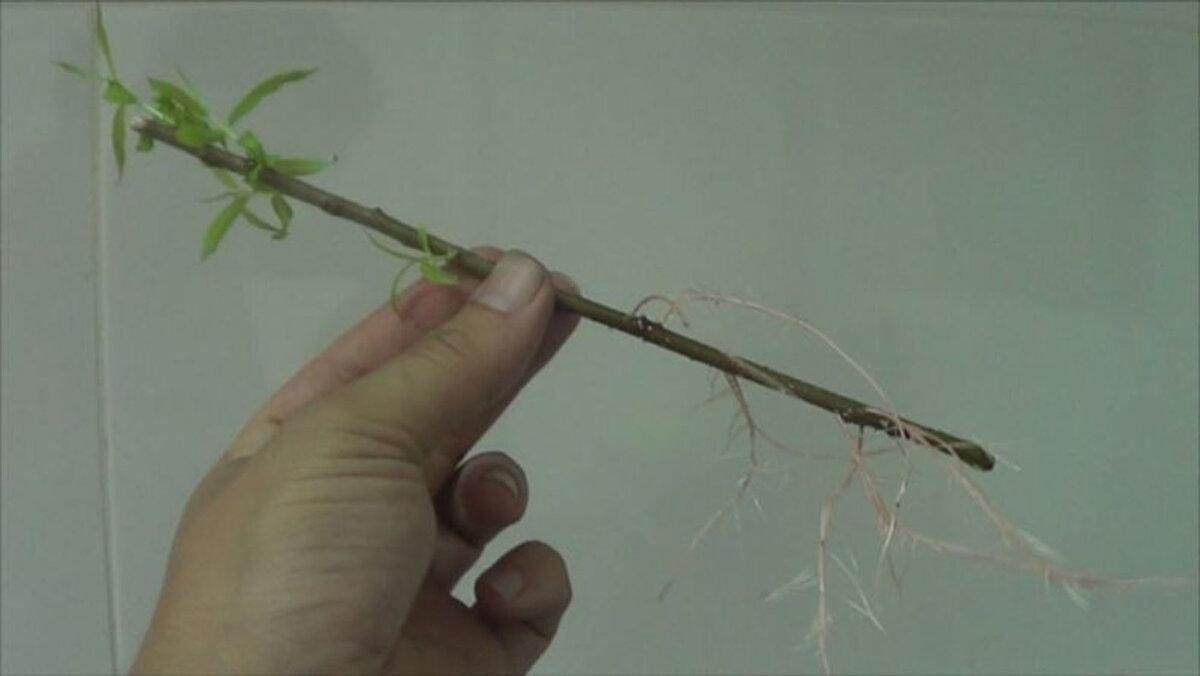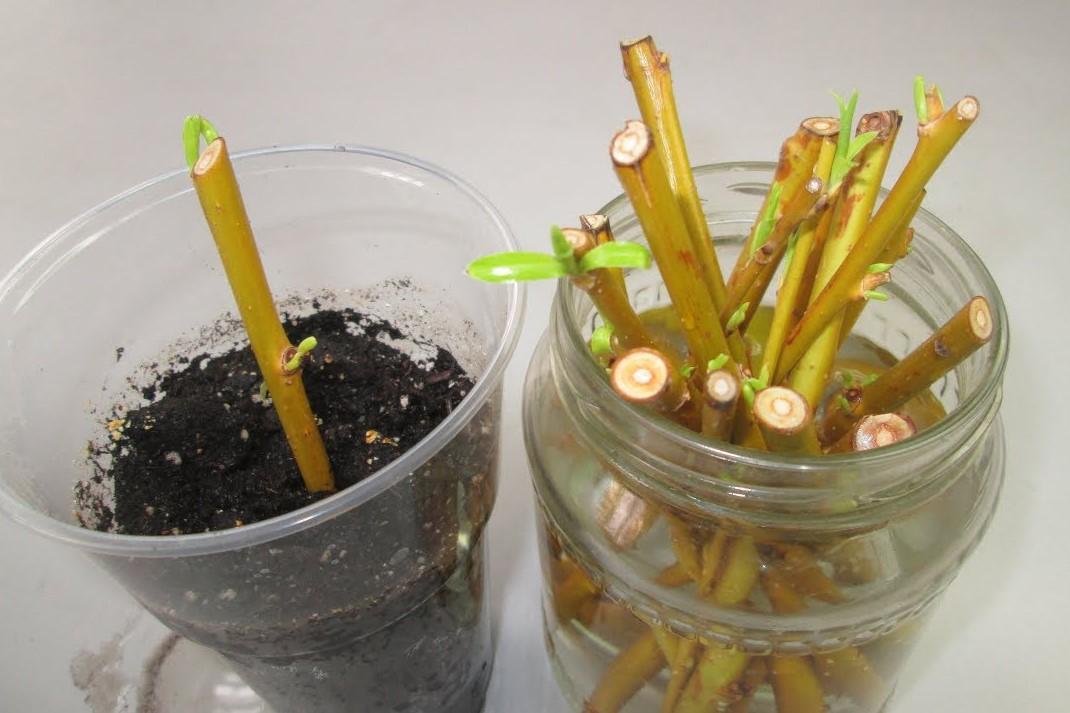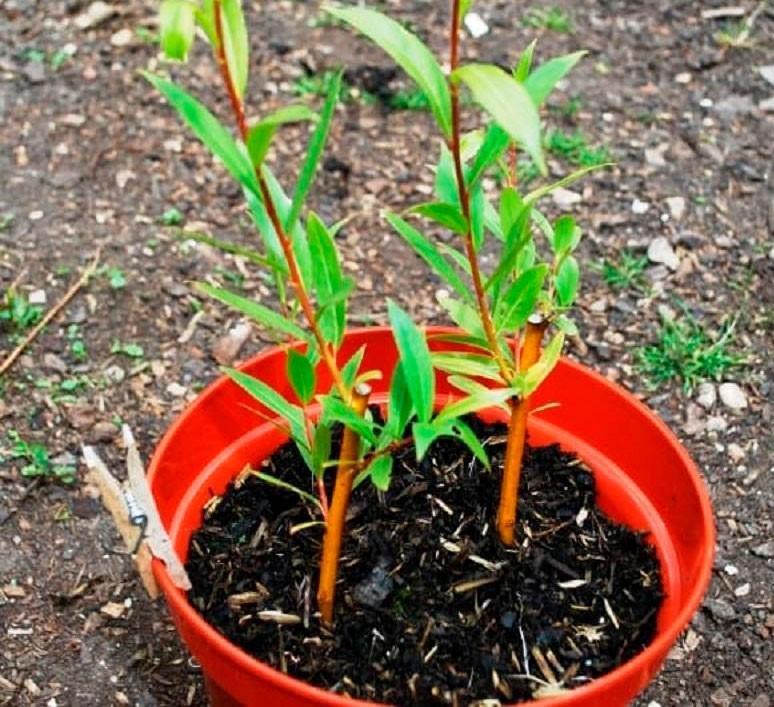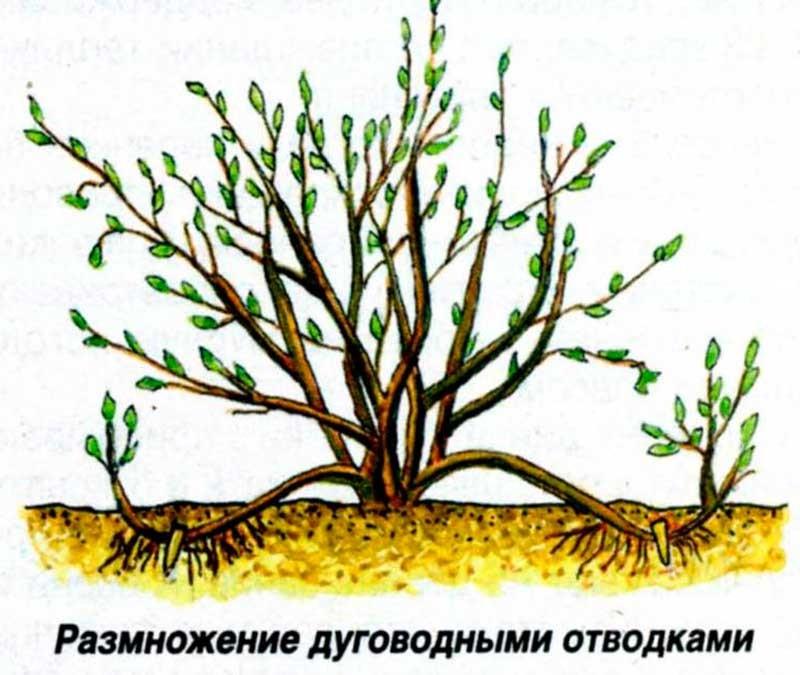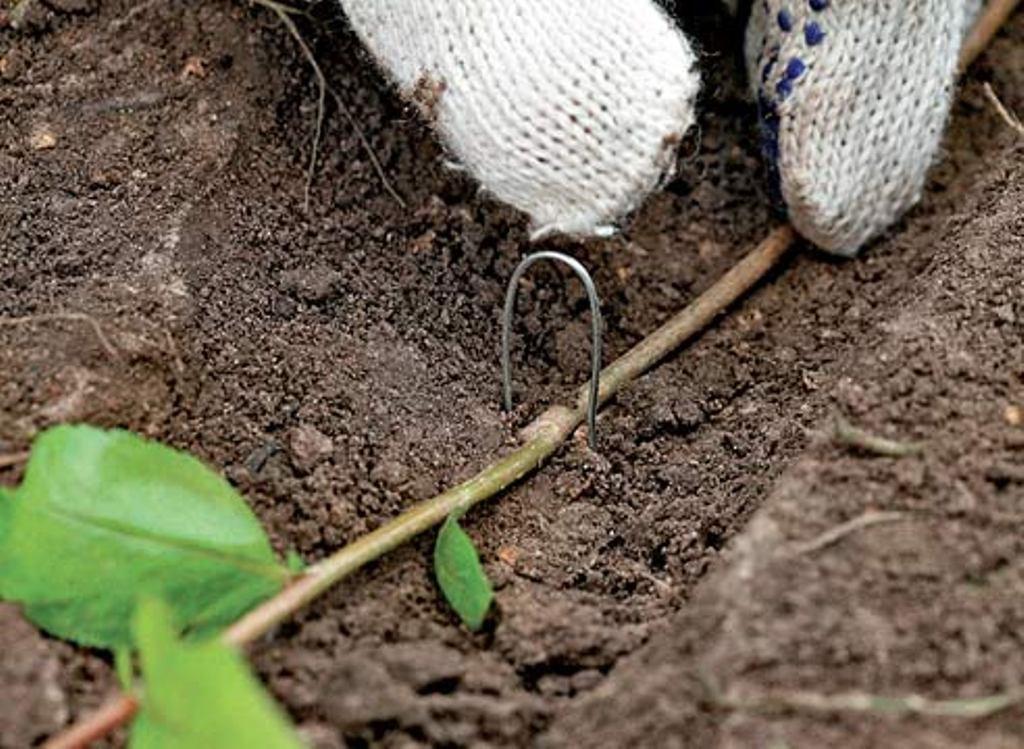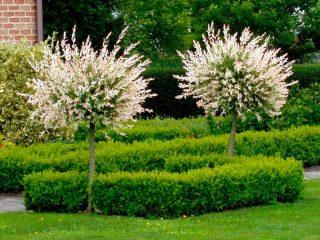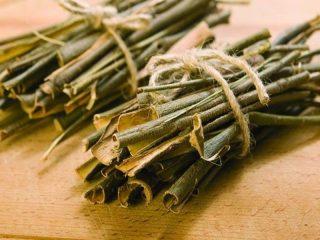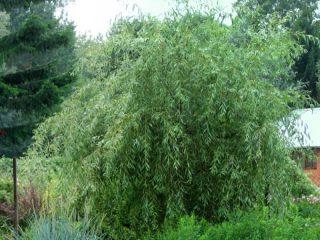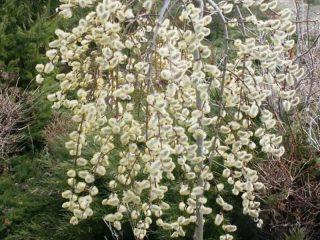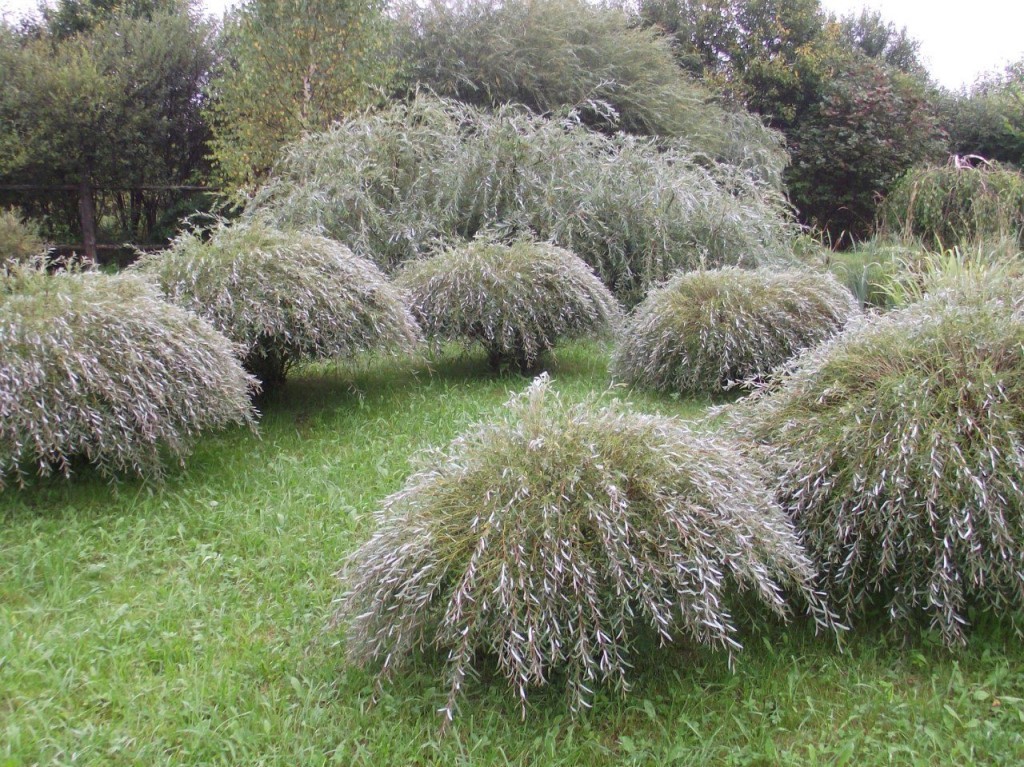Content
The Willow family arose long before the appearance of humans, as evidenced by archaeological finds. Plants have withstood the test of evolution, forming hundreds of unique species since then. With the discovery of selection, the tree found other relatives who found refuge within the city, rural areas, and forests. Willow reproduces in several ways. The technology is simple, but worth considering.
Peculiarities of propagation of various varieties of willow

The choice of propagation method directly depends on the willow variety.
Mostly willow is propagated using cuttings. To obtain shrub varieties, a shoot up to 15 cm long is used. If the mother plant is a tree, a willow cutting of 30 cm or more is required.
Some species generally do not tolerate cuttings well. For them, it is preferable to propagate by layering or seeds, as happens under natural conditions.
Willow propagation methods
When talking about weeping willow, a gardener is dealing with a large tree that can be propagated by vegetative and seed methods. Most are inclined to take willow cuttings. This is the simplest and most reliable method.
Seeds
It is not customary to propagate weeping willow with seeds, since they are very small and easily fly away from the garden bed. Their germination rate is low, so when planting you should take extra material. The viability of willow seeds is also poor - after 1-2 weeks they lose the ability to grow. To keep raw materials for a long period, they are stored in a humid environment. Although it is preferable to start work immediately.
Instructions for propagating weeping willow:
- When the tree matures, you need to collect the seeds. The right time comes 20-30 days after the appearance of willow inflorescences - approximately at the beginning of summer. The readiness of the tree for reproduction is indicated by the presence of fluff on the fruits.
- The willow seeds themselves are more like a pear. Inside contains an embryo and two cotyledons. To grow a willow tree, prepare a nutrient medium from sand and compost (in equal proportions). It needs to be watered, and then the raw materials are scattered over the surface.
- Create the conditions necessary for willow growth. Cover with film or plastic, place in a warm place and protect from the sun. The substrate must be ventilated every day to avoid damping off. When the seedlings appear, the container is moved to the windowsill, but not under direct rays. And they remove the shelter.
- Specimens that have grown to a height of more than 10 mm must be separated from the seedlings and transplanted into an individual container. When the willow reaches 40 mm, it is transferred to a permanent place.
With such propagation, more than half of the seedlings may not take root.
Cuttings
It is much easier to grow a willow using a cutting. With proper care, the result can be considered guaranteed. Cuttings are collected in the spring, as in summer they become less suitable for planting.
Each shoot should have at least one bud in the upper part. Tree cuttings form roots along the entire trunk, so they can be buried halfway into the ground. The same is true when soaking cuttings in water. Since some tree varieties do not grow well in the ground (we are talking about the initial germination of roots), before propagation you should familiarize yourself in detail with the cultivated variety of willow.
Willow propagation instructions:
- Choose a healthy shoot and cut it off along with the buds. The lower cut of the cutting is made oblique, the upper cut is straight. This is necessary to understand which end to plant. Thin cuttings are rarely used. To reduce liquid loss, the top of the raw material is wrapped with film or covered with paraffin.
- With the arrival of the summer sun, the leaves on the shoots are cut off, leaving 1-2 pieces. at the top. The cuttings are placed in water for 15 days, changing the liquid 2-3 times a week. It is better to leave a glass of water on a windowsill or other place with diffused lighting.
- While soaking the cuttings, prepare a container with soil. The substrate must be fertile and loose. If it is not possible to use store-bought soil, fill the container with ordinary garden soil.
- When roots form, the cuttings are moved into the ground, buried at half their height. At the same time, they are trying to straighten out the underground part. Afterwards, the substrate is compacted and the response of the cuttings is observed.
When propagation comes to an end, the planting should be well watered. The cuttings are germinated in a pot for 30 days. By that time it will be quite warm outside. After this, you can transplant the cuttings into the garden.
To use less liquid, planting cuttings is mulched and covered with a bottle. If the tree is grown in a garden bed, it will be useful to purchase black film - it prevents the growth of weeds and evaporation of moisture.
By layering
One of the popular vegetative methods of willow propagation is rooting cuttings. Part of the tree (shrub) must be buried. Work is carried out after the snow melts, but before the leaves appear.
Reproduction instructions:
- Dig a hole next to the mother tree, equal to a spade bayonet or a little larger. Place part of the branch into the hole without cutting it off. The shoot must be an adult - over two years old.
- To form roots, the tree material is pinned. Bury the willow with soil with added sand. It is advisable to tie the upper part of the layer to a support.
Subsequently, the layering is mulched; watered separately. By the beginning of September, the shoot is separated from the willow and transplanted to another place.
Conclusion
In nature, willow reproduces by seeds, however, botanists have developed more effective methods. The tree is propagated successfully using cuttings and layering. With such propagation, the probability of success increases significantly, and the process takes less time.
